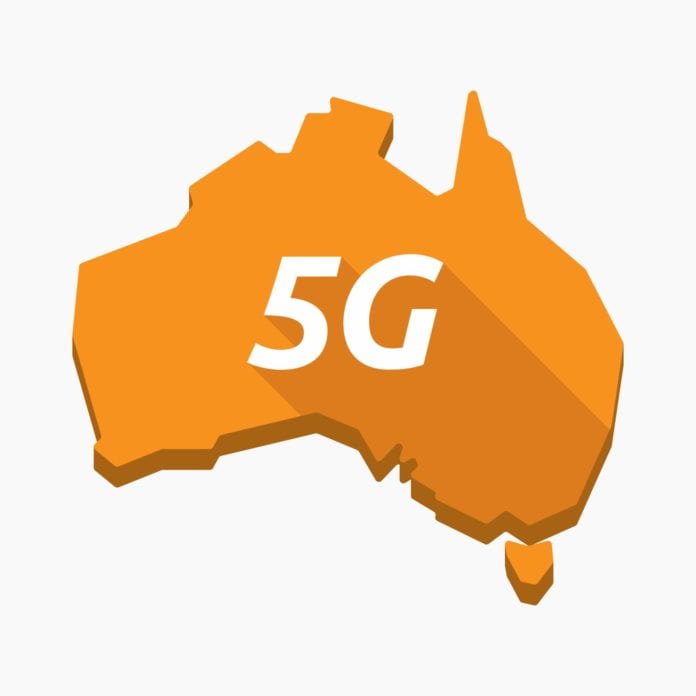Optus said that this technology update will increase its 5G coverage by 20% on a per-site basis
Australian operator Optus has activated its spectrum in the 900 MHz band with the aim of increasing its 5G footprint and improving rural and in-building coverage.
The telco said that the technology update will increase its 5G coverage by 20% on a per-site basis.
Optus has secured its new spectrum licenses for 20 years, starting in July 2024, but has received early access to some of the spectrum band to deploy its 5G network.
“We have activated close to 1,000 sites with the 900 MHz spectrum, with additional sites progressively rolling out across the country. At present, the 5G low band coverage is only available on select devices and subscription plans, with more devices and plans set to be activated this year,” Lambo Kanagaratnam, managing director of networks at Optus, said in a blog post.
Kanagaratnam noted that the 900 MHz spectrum carries mobile signals much further than higher frequency bands, meaning that each base station can provide coverage to a broader area and more customers. “This makes 900 MHz spectrum is especially important for regional areas, and Optus is particularly thrilled that we can improve connectivity for those Australians living, working and visiting areas outside of major population centers,” he said.
The executive also highlighted that the 900 MHz spectrum provides superior in-building coverage as it can penetrate deeper than mid- and high-band spectrum.
He went on to explain that the additional 900MHz spectrum allows Optus to potentially deliver 5G’s future IoT applications as well as ultra-reliable-low-latency-connection (URLLC).
In December 2021, Optus acquired 2×25 megahertz of 900 MHz spectrum for AUD1.5 billion ($1 billion).
Last year, Optus launched its 5G Standalone network after nearly a year of testing.
Kanagaratnam had said that the 5G Standalone network will enable network slicing, cloud orchestration, edge computing and self-healing networks.
In July 2022, Optus had completed what it claimed to be the first four component-carrier carrier aggregation 5G Standalone data call in the country. To achieve this milestone, Optus collaborated with Nokia and MediaTek utilizing Nokia’s 5G AirScale product line and MediaTek’s Release 16 M80 modem in a smartphone form factor to achieve enhanced speeds and improved capacity during the trial.
The 4CC data trial combined Optus’ low-band spectrum and 2,100 MHz FDD bands with 2,300 MHz and 3,500 MHz TDD bands to achieve 4x carrier aggregation.
Optus also noted that 4CC technology will be a key enabler for advanced 5G use cases in the areas of virtual and augmented reality as well as real-time gaming.
In May 2022, Optus, Nokia and Samsung Electronics Australia announced that they have achieved a data session using three-component-carrier (3CC) Carrier Aggregation (CA) technology over a 5G Standalone network in Australia. For this trial, Nokia used its latest commercial AirScale Baseband and radio portfolio powered by its Reefshark chipset over Optus’ commercial network. The trial combined the FDD band with the TDD band using CA technology.

